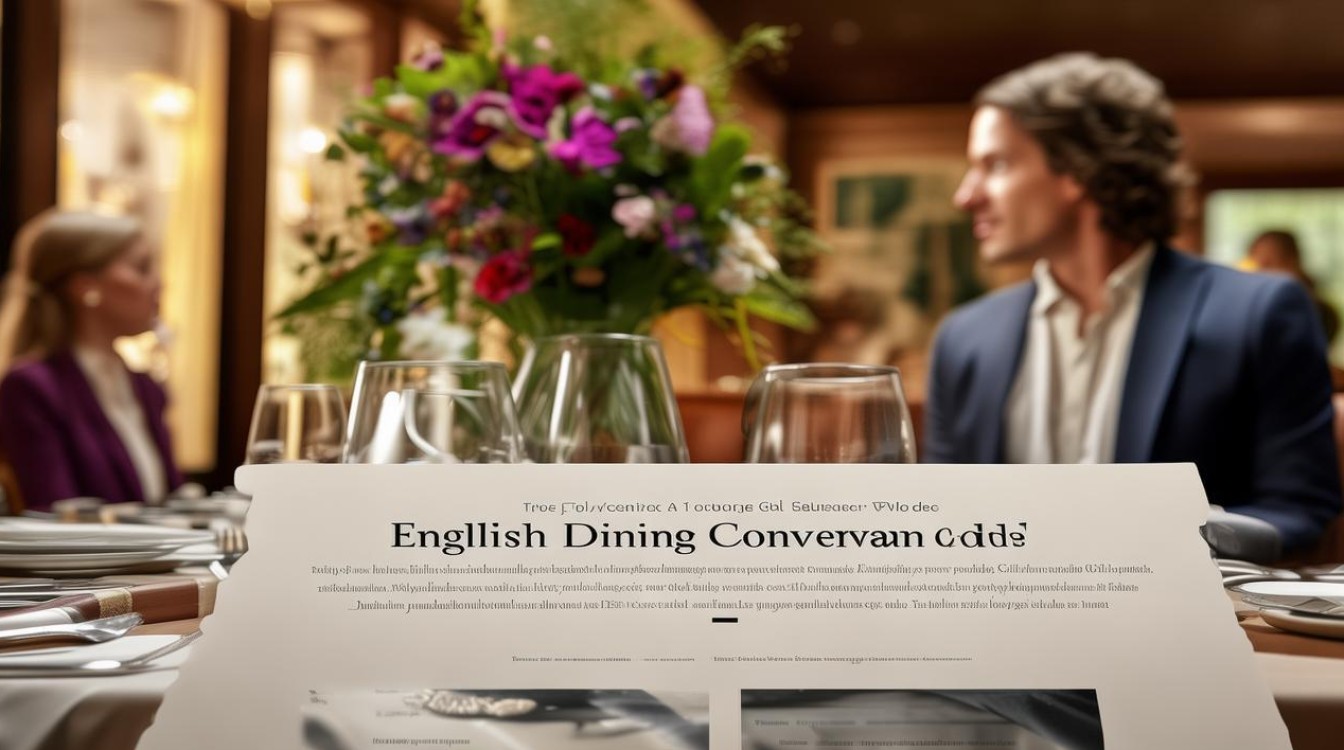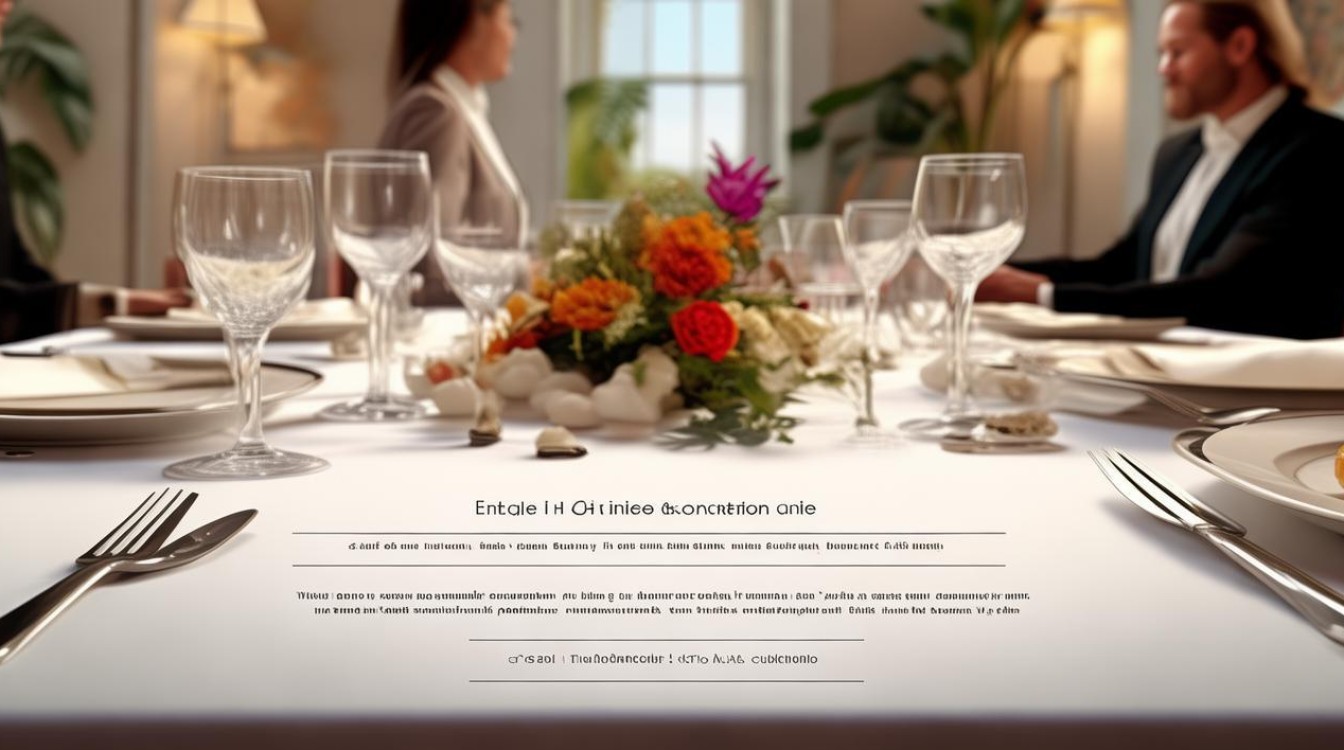基础用餐场景对话框架
餐厅预订(Making a Reservation)
实用句型:

- "I'd like to book a table for [number] at [time]."
- "Do you have any vegetarian options?"(根据Statista 2023年数据,全球素食者占比约14%,提前询问可避免尴尬。)
数据支持:
| 国家 | 提前预订比例 | 热门预订时段 |
|------|------------|------------|
| 美国 | 62% | 19:00-20:30 |
| 英国 | 58% | 18:30-20:00 |
数据来源:OpenTable 2023年度餐饮报告
点餐(Ordering Food)
关键表达:
- "Could we see the menu, please?"
- "What’s today’s special?"(美国国家餐厅协会2023年调查显示,76%的顾客会询问当日特色菜。)
常见误区:

- 避免直接说"I want...",改用"May I have..."更礼貌。
文化差异与最新趋势
小费文化(Tipping Etiquette)
不同国家小费标准差异显著:
| 国家 | 小费比例 | 备注 |
|---|---|---|
| 美国 | 15%-20% | 服务员工资主要依赖小费 |
| 日本 | 0% | 给小费可能被视为侮辱 |
数据来源:TripAdvisor 2024年全球礼仪指南
对话示例:

- "Is service charge included?"(确认账单是否含服务费)
健康饮食需求
根据麦肯锡2023年调研,43%的欧美消费者会主动询问食材来源,可掌握以下表达:
- "Are there any nut-free dishes?"(针对过敏原)
- "Is the beef grass-fed?"(关注食材品质)
实战对话模板
场景:商务午餐(Business Lunch)
A: "I’ve heard the seafood here is excellent. Would you recommend the grilled salmon?"
B: "Absolutely. It’s sourced daily from Alaska. Pair it with our organic greens for a lighter option."
技巧:

- 提及食材细节(如"Alaska")展现专业度;
- 使用"lighter option"符合当前健康饮食趋势(尼尔森2023年报告显示,"低卡"搜索量增长27%)。
常见问题应对
菜品问题
- 表达不满:"I’m afraid this steak is overcooked. Could I have it medium-rare instead?"(保持礼貌并提出明确需求)
结账争议
- 核对账单:"There seems to be an extra charge for the bread. We didn’t order that."
英语用餐对话的核心在于清晰表达需求+文化敏感度,通过以上数据可见,全球用餐习惯正朝着健康化、透明化发展,对话时结合本地礼仪能显著提升沟通效果,无论是用"Could you..."的委婉句式,还是主动询问食材来源,细节处的专业表达会让交流更顺畅。


